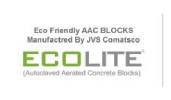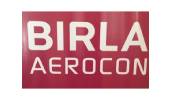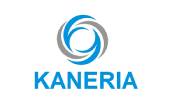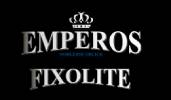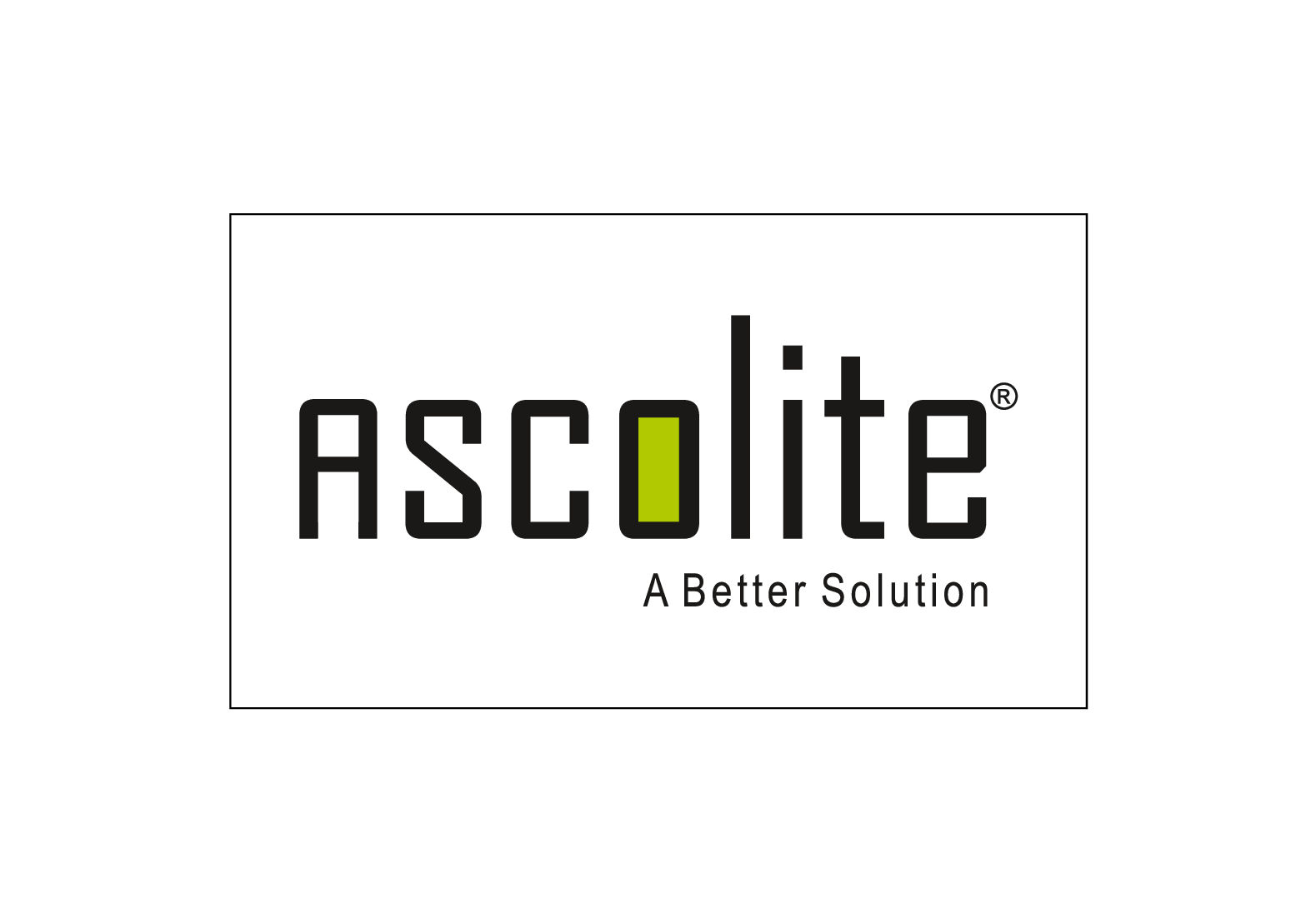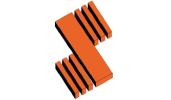aac blocks Suppliers in mumbai
AAC Blocks Suppliers In Mumbai
We Are One Enterprises is one amongst the top AAC blocks suppliers in India which have achieved premium quality and happy customers. The effective distribution network and its commitment to environmental-friendliness in building materials has made it possible for the company to enter the highly competitive building materials industry. We Are One Enterprises has also been at the forefront of innovation as revealed in the use of AAC blocks which are better at insulating against heat, sound and are also fire resistant. Due to the increasing demands for durable, high-performance, and lightweight blocks, the company not only satisfies its clients’ needs but also promotes the development of construction methods in India.We Are also largest AAC block suppliers in India and they are also one of the highest quality AAC Blocks suppliers and accommodate the needs of their customers at the highest level. We are one enterprise as a company is among one of premiere AAC block providing companies in the country. Our vast range of AAC blocks also covers all the requirements that a builder or developer would need and hence can be considered as a prime AAC block suppliers in the country. We have been providing quality AAC blocks repeatedly and thus played our role as an AAC block suppliers in the market. Additionally, we have come up as a reliable AAC block suppliers today with a strong force in innovation as well as sustainability in the direction that we offer our products.
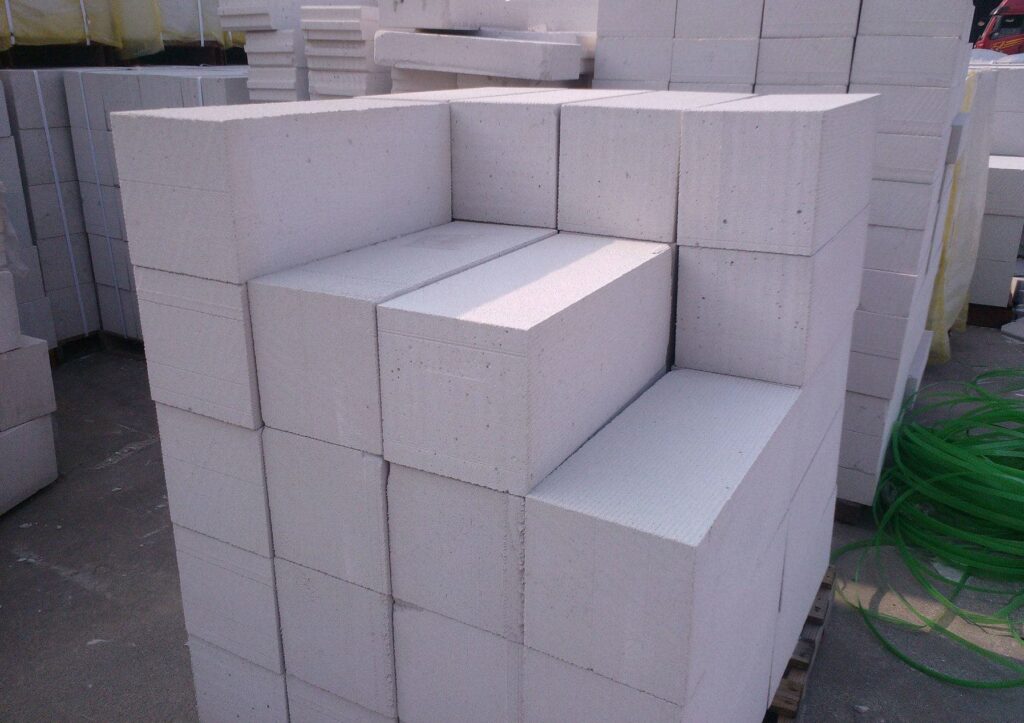
Key Features of AAC Blocks
- Lightweight autoclaved concrete block.
- A time toward quickening constructions up to thirty percent.
- A load-bearing strength of buildings can be reduced by up to 30%.
- Achieving the efficiency of 18% and 12% in saving steel and cement respectively.
- Extraordinary thermal and acoustic isolation
What are AAC blocks?
The AAC unit blocks are of strong and convenient construction materials, creating a lighter weight. It was in 1924, when Erik Johan Axel, a Swedish inventor and architect, got tired of the old bulky materials that are heavy and hard to transport and constructed a new way of building that did not rely on the standard structure and bricks. AAC the inherent characteristic of blocking fires and heat are popular. These building materials, which approximately weight 30% less than the traditional red clay bricks, comprise air (respra green grass clippings) making up over 80-85% of their capacity.
Environmentally friendly
AAC blocks are exceptionally green building materials due to the fact that use recycled materials and they use special production technique. They are made up of untreated raw materials such as sand, cement, lime, and aluminum powder and are free of toxic substances or pollutants. It is more energy than the ordinary clay bricks and concrete blocks to manufacture AAC blocks and as such leads to less CO2 emissions. Lastly, AAC blocks are light weight, thus they do not consume more energy during delivery like the other materials that are heavy.
Types Of AAC blocks?
AAC (Autoclaved Aerated Concrete) blocks have got different kinds depending on density, composition, and function. undefined
Fire-resistant AAC blocks: These blocks have been developed with the purpose of having excellent fire-resistance qualities that make it harder for a fire to evenly spread in structures to protect people against fire accidents.
- Lightweight AAC blocks:These blocks have a light, ( or) lower density of 500 to 800 kg/m³. They are suitable to build non-structural walls and drywall partition walls. Besides, the can be used as insulation technology.
- Medium density AAC blocks: These cakes (blocks) are of different densities ranging from 800 kg/m³ to 1,200 kg/m³. They can be applied in load-bearing walls, outside walls, and various other loading applications where the properties of superior strength are necessary.
- Dense AAC blocks: AAC blocks with 1.200 kg/m³, for its heavy-duty construction such as high-rises, industrial buildings, and infrastructure projects, are very recommended.
- Thermal AAC blocks: These blocks should be excellent thermal transparency producers as heat does not pass through them and as a result, heat loss in buildings will be improved, raising energy efficiency.
- Soundproof AAC blocks: These blocks must be sound absorbing and cannot allow noise transmission; hence a perfect choice for buildings where a lot of noise happens or where one has to keep the sound out.
They are simply the most common and widely used choices among the manufacturers, but more specialized or unique varieties may be produced on site to meet project requirements.
How are they made?
AAC blocks are normally made from various materials which include lime, cement, sand, water, gypsum, fly ash and calcium oxide (more commonly known as quick lime). The reaction is now nearing the end. Aluminum powder combining with them chemically is causing hydrogen to abandon in the atmosphere. These cubes create specific sponge structure thus they also are very lightweight and have extra insulation due to the chemical reaction. These are then cured by autoclaving (exposed to high temperature and pressure) after going through moulding and mixing which eventually cause them to possess required strength and durability.
What are the advantages of using AAC blocks?
AAC modules are normally almost nine times bigger than normal red clay bricks. This consequently causes an increase in building efficacy and quality besides a significant drop in expenditures for materials such as plaster and mortar which are used at construction sites. One of the most important things is the high-class insulation that will make the system more energy-efficient and it will make the cost of the heating, ventilation, and air conditioning systems lower.
The AAC materials are found most in the building of both the residential buildings and the health facilities, colleges, hotels, and even the industries and the commercial buildings because the AAC material is very workable and flexible.
Physical Properties
DENSITY IN OVENDRY CONDITION | COMPRESSIVE STRENGTH, Min | COMPRESSIVE STRENGTH, Min | THERMALCONDUCTIVITY IN AIR DRY CONDITION |
kg/m3 | N/mm2 (grade-1) | N/mm3 (grade-2) | W/m.k |
451 to 550 | 2.0 | 1.5 | 0.21 |
551 to 656* | 4.0 | 3.0 | 0.24 |
651 to 750 | 5.0 | 4.0 | 0.30 |
751 to 850 | 6.0 | 5.0 | 0.37 |
851 to 1000 | 7.0 | 6.0 | 0.42 |
For ready reference refer to the link below.
Technical Specifications
Property | Unit | Value |
Face Size## | mm | 600×200/ 600×240/ 625×240/ 650×250 |
Thickness* | mm | 75 | 100 | 125 | 150 | 200 | 230 |
Dry Weight | Kg | 5.25 | 7 | 8.75 | 10.5 | 14 | 16.10 |
Compressive Strength** (min) | N/mm2 | 3 |
Normal Dry Density | Kg/m3 | 551-600 |
Thermal Conductivity | W/m-k | 0.15 |
Sound Reduction*** | db | 37-42 |
Fire Resistance-load Bearing (200mm Thickness) | Hrs | 4 |
Non Load Bearing (100mm thickness) | Hrs | 4# |
Brand Associated
